
News
The Third UN World Conference on Disaster Risk Reduction Homepage http://www.wcdrr.org/ About us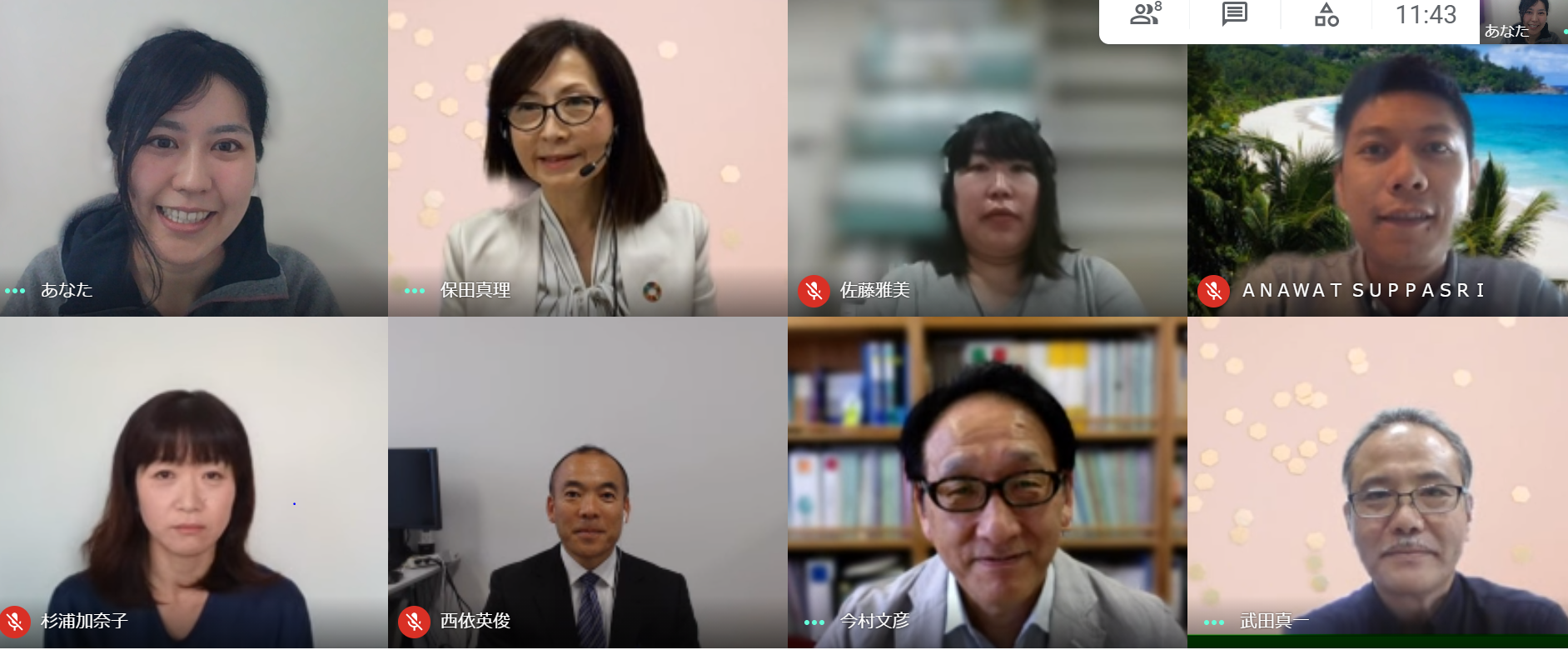
ObjectiveThe methodology evaluating earthquake induced tsunami risk is developed with tsunami hazard such as wave heights and arrival time, in consideration of the vulnerability in society or disaster prevention ability. And synthetic risks of having added occurrence probability further are examined as well. Research details
Members
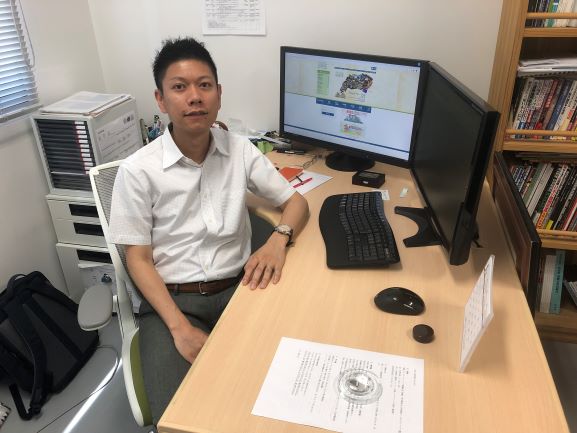
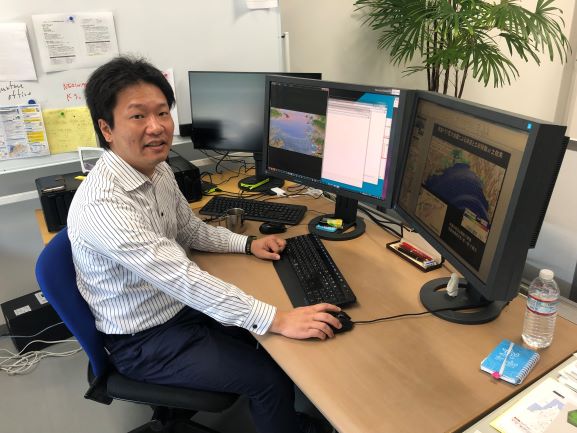
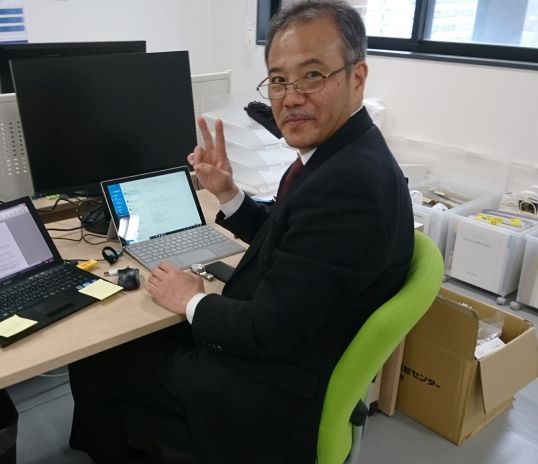
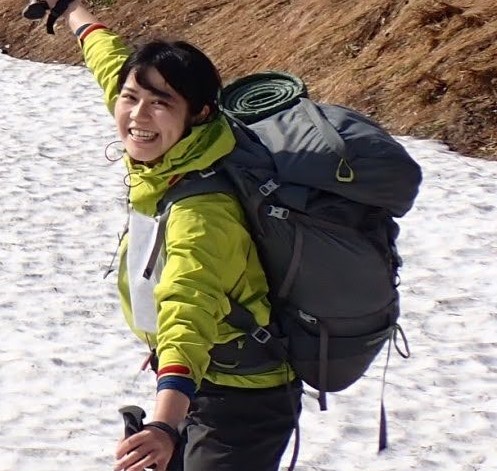
Ecosystems provide us the fundamental resource for life (e.g. freshwater, food, and energy), therapeutic value, and disaster risk reduction. Indeed, the coastal forest in Sendai plain saved structures from Tsunamis in 2011. To receive these ecological services, the ecosystem potentially needs to have resilience towards natural/artificial disturbance. There are several possible keys of the resilience of ecosystems such as biodiversity and ecological network. However, due to technical limitations, it has been difficult to survey the diversity of various biota and ecosystems on a long-term basis and difficult to demonstrate. Hence, my research aims to establish a method for monitoring and assessing biodiversity in ecosystems from rivers to coastal areas, using “environmental DNA (eDNA)” which is the rapidly developing technique for biological surveys. I would like to contribute to creating a sustainable society by clarifying the factors that are important for ensuring ecological resilience.
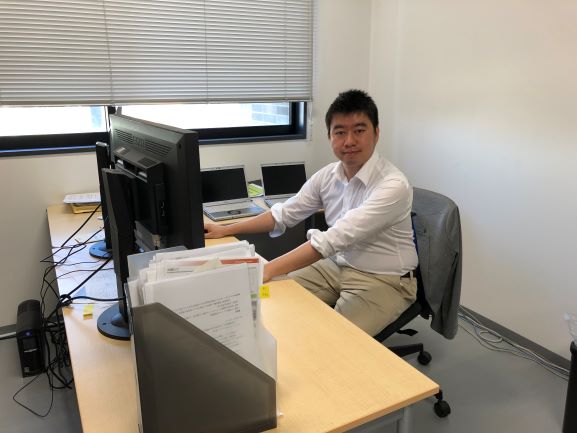 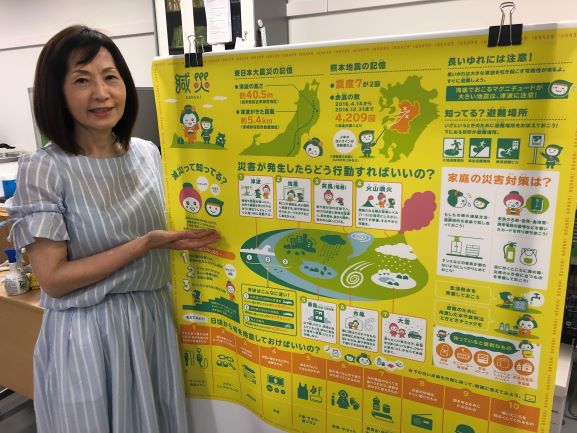
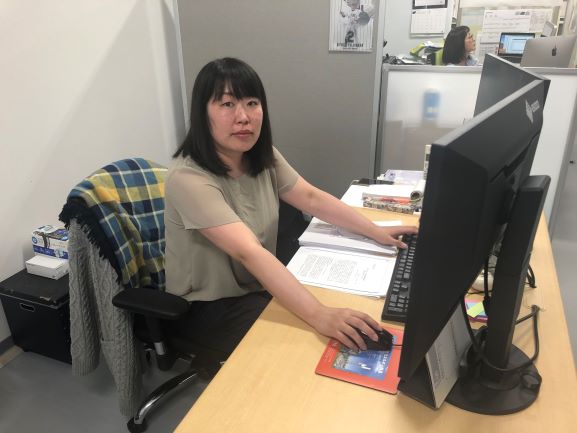
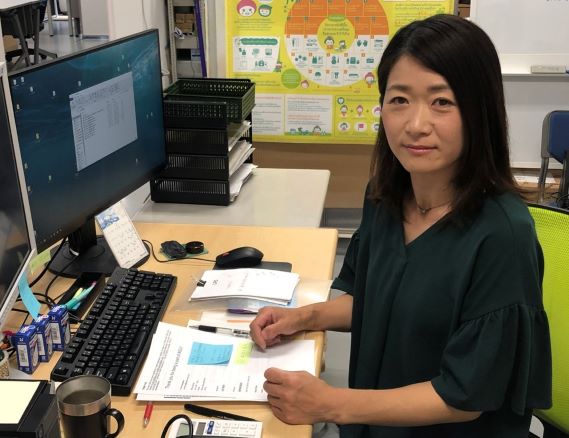 Former MembersLinks
|